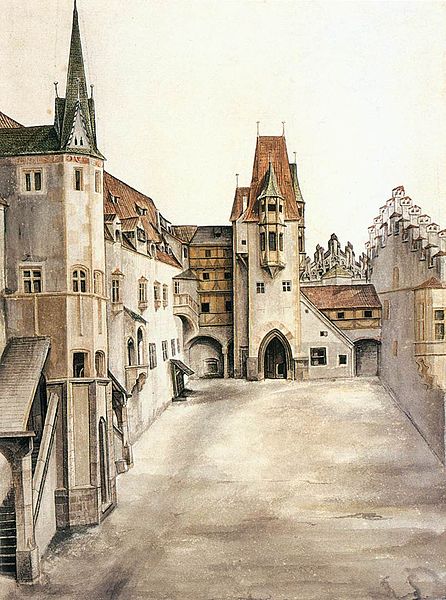Equality in Art
August 13, 2013
ACCORDING TO the Getty Museum, graffiti is no different from the highest achievements of Renaissance art. David Brafman, the rare books curator at the Getty Research Institute, writes:
The art of graffiti—and the artists who practice it—craft letterforms, draft perspective, and merge line, color, and form with the same techniques employed by Renaissance masters like Albrecht Dürer. Now the work of graffiti and tattoo artists—just like those of Dürer—are part of the Getty’s rare-book collections via a monumental, 150-artist collaboration called LA Liber Amicorum, more popularly known as the Getty Graffiti Black Book.
Mr. Brafman is, to borrow a phrase used by the commenter Alan, “drenched in mendacity.”
— Comments —
Gene writes:
I put up with a lot of crap being an artist. I don’t mind laboring in obscurity. I know how it works and as a Christian, a straight male, and a conservative, I am not going to change in order to sell my art; yet, I expected better (yeah, I am too much of an idealist) of those who run the institutions. Mr. Brafman is lower than a cow in a barn gazing at a knothole: the cow does not presume she is looking at art.
Laura writes:
Mr. Brafman is a pimp. Nothing more.
Alex A. writes from England:
Dürer’s picture of the Innsbrook Castle Courtyard gives us a wonderful glimpse into the world of the 16th century. On a wall of the room where I’m typing this message, there’s a good quality reproduction of another of Dürer’s watercolours – the Young Hare. I bought it as a souvenir of my visit to Dürer’s house in Nuremberg.
As for Mr Brafman: he probably wouldn’t get a curator’s job at the Getty Research Institute unless he had “progressive” opinions about art. He’s another example of “the treason of the clerks” (i.e. intellectuals) which shaped the modern world.
Adam writes:
For more information about the disgraceful celebration of spray-paint vandalism as high art, I refer your readers to Heather Mac Donald’s excellent 2011 article in City Journal, Radical Graffiti Chic.

